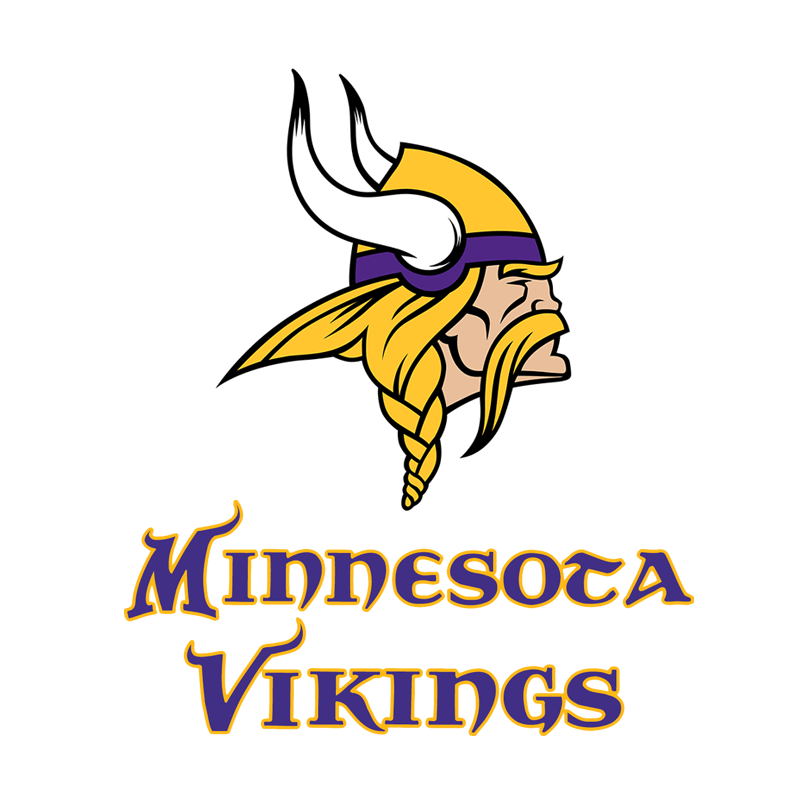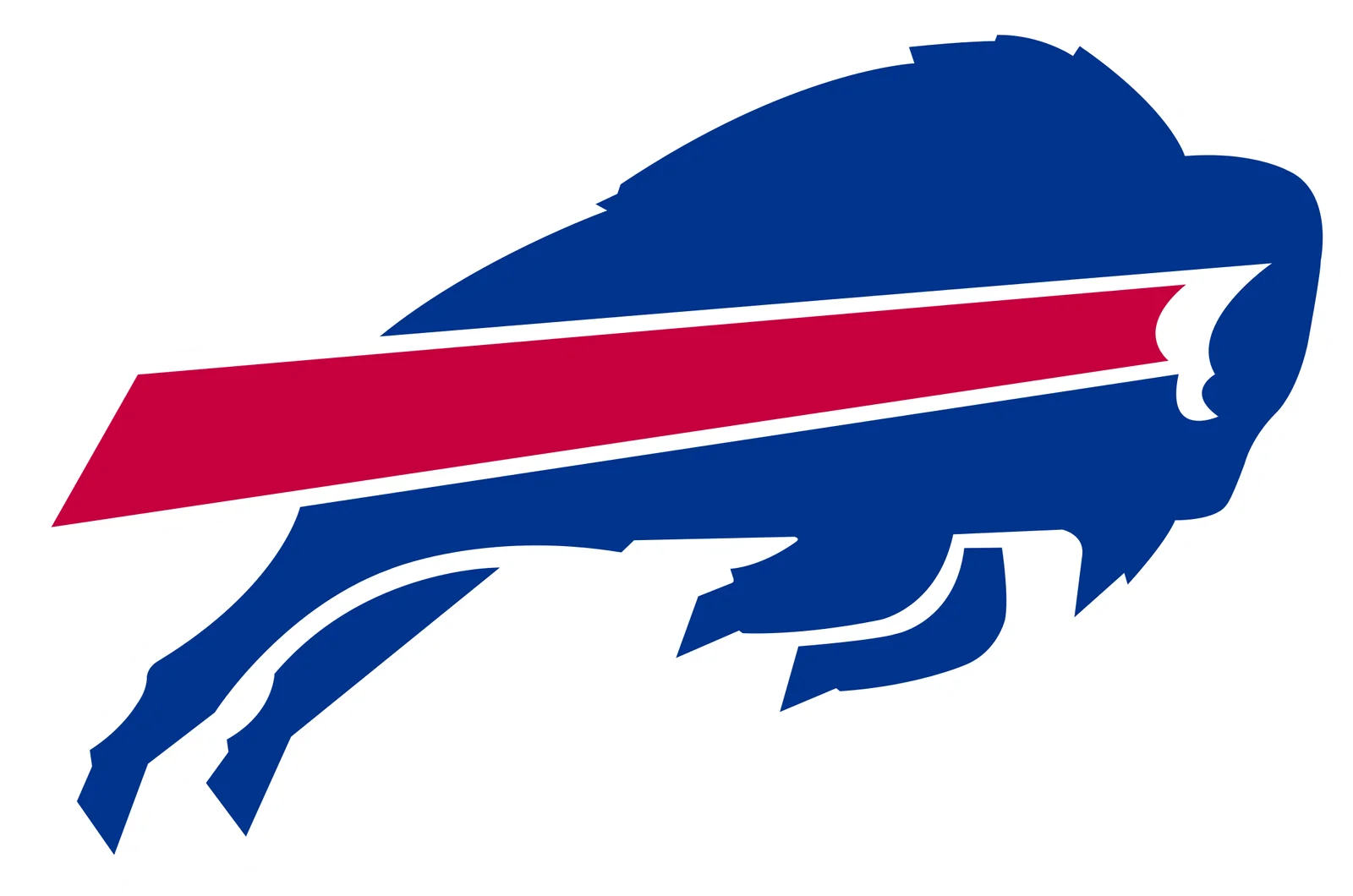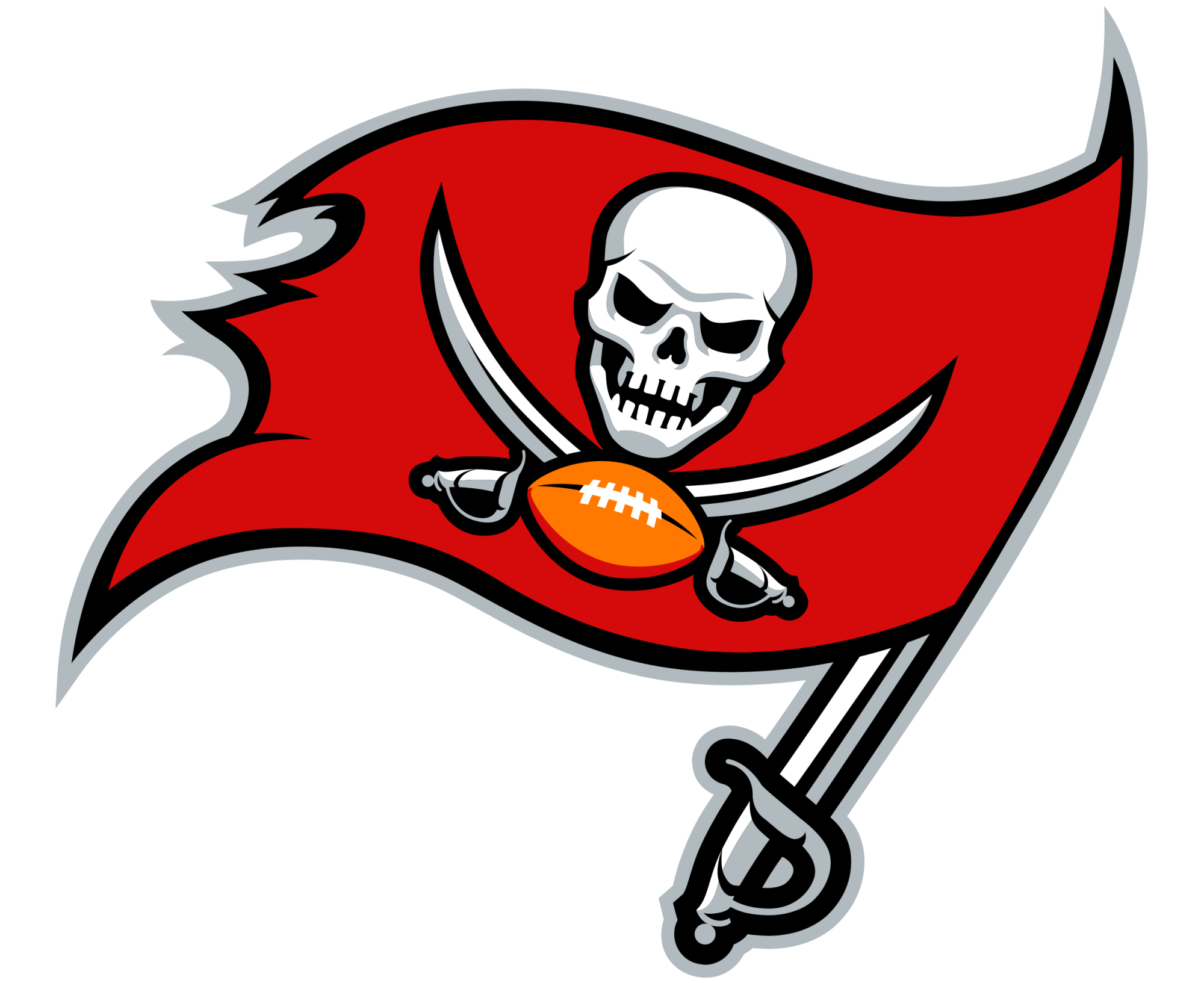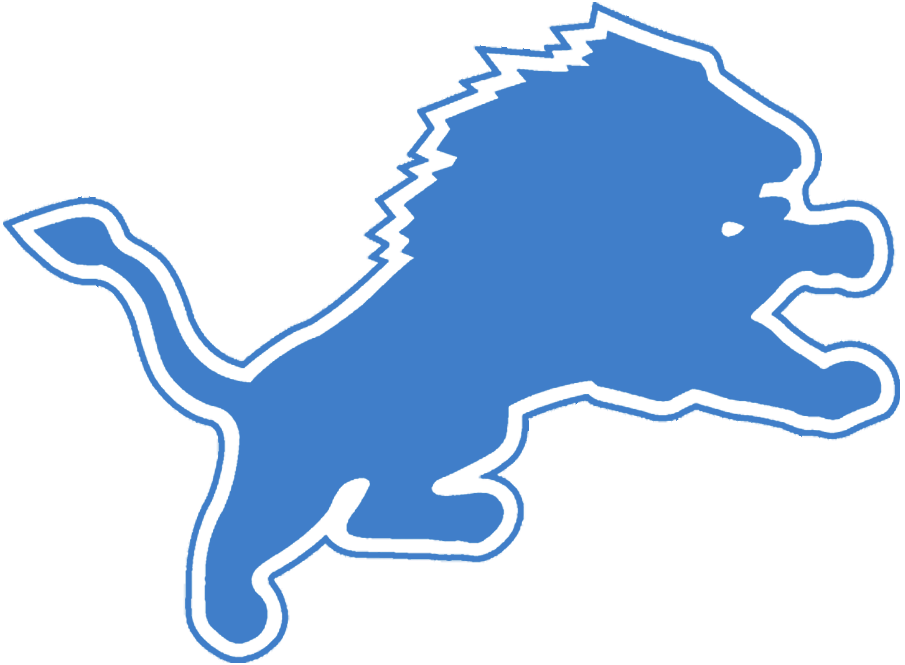2024 Set Up To Define Minnesota’s “Competitive Rebuild”
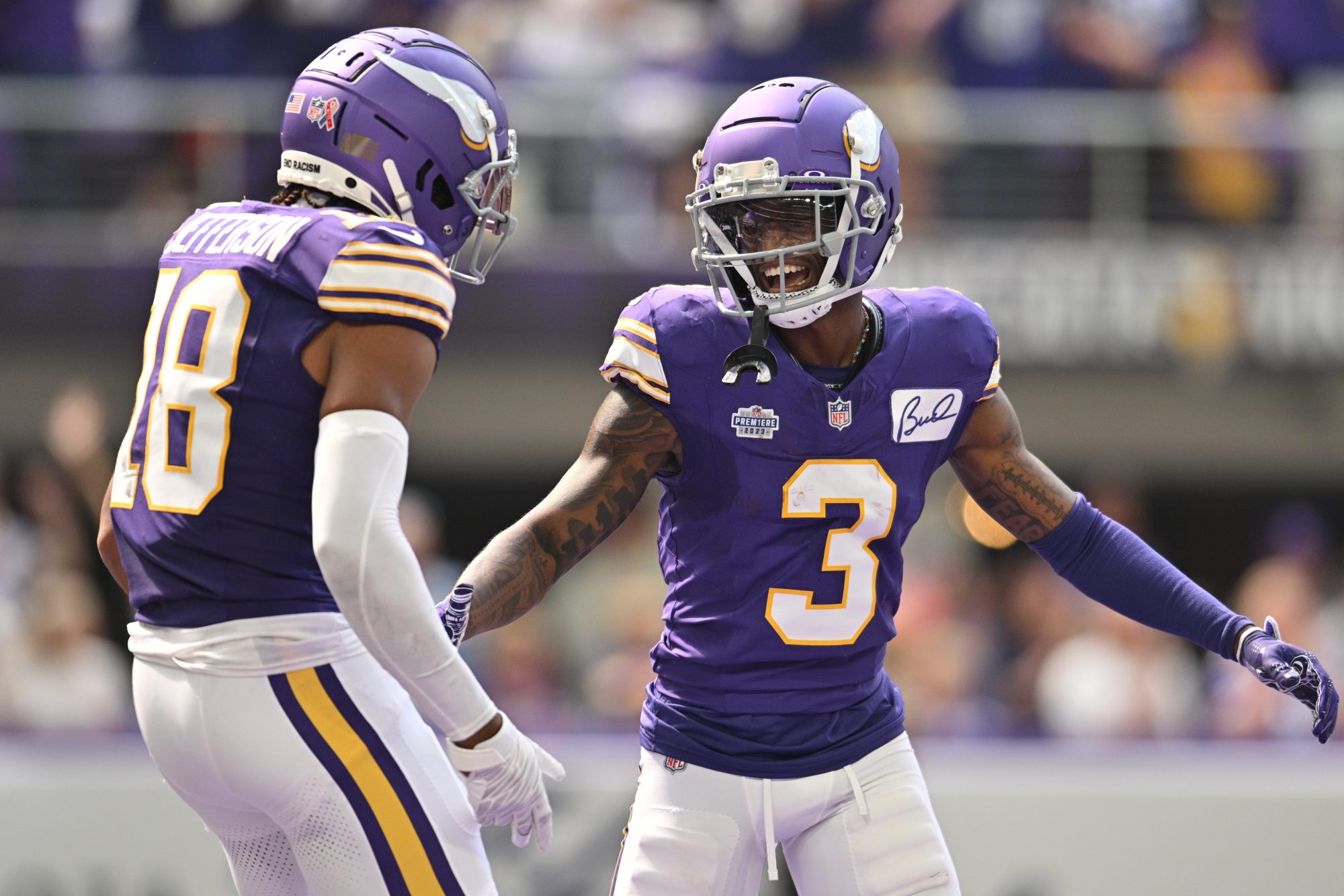
Credit: Jeffrey Becker-Imagn Images
“Competitive rebuild.” It’s a phrase Minnesota Vikings fans know well. Like ”synergy” and “way of working,” it has all the fake importance of your boring boss’ favorite phrases, paired with none of the clarity of meaning. We heard ”competitive rebuild” ad nauseam in the aftermath of Kwesi Adofo-Mensah’s hiring and Kevin O’Connell’s arrival, yet it was never truly defined. To the best of our understanding, they wanted to build a championship team for the future without having to suck in the present? But that doesn’t seem like something you need to invent a phrase for. Everybody is trying to do that, right?
The truth is, “competitive rebuild” may as well have been called the “Kirk Cousins Conundrum.” The front office and team knew Cousins, at his salary, couldn’t be the long-term solution to building a future contender, but they also didn’t want to risk seeing what their product would look like without him. Not without a backup plan.
At first, the competitive part looked great. A 13-4 2022 season provided a lot of great memories. But the rebuild didn’t seem anywhere to be found as Kwesi’s draft picks floundered. They rolled out last season with a very similar team to the year before, and as the Vikings were getting competitive, Kirk got hurt.
On the precipice of the 2024 season, with Cousins in Atlanta and the Vikings predicted to be cellar dwellers, things aren’t looking very competitive. And honestly, not that much like a rebuild.
Now that their future franchise quarterback is out for the season and they’re trotting out the second-oldest roster in the NFL (per The 33rd Team), there are a lot of question marks concerning the “rebuild” part of the equation. But a simple deep dive reveals that this was always the moment the Kwesi and KOC regime was heading towards. If executed correctly, the Vikings will have pulled off a concept that even they couldn’t define.
Yes, the 2024 Vikes are a veteran-led team, but they don’t have much long-term cap space locked in with their oldest players. Kamu Grugier-Hill, Fabian Moreau, and Jihad Ward all age the roster up at over 30, but all are on one-year deals with the Vikings. Harrison Smith is 35 years old, but again, he’s back on a one-year deal. Even if he returns for 2025 rather than hang up the cleats and wait for his call from the Hall of Fame, it will be on a team-friendly deal.
Kwesi and KOC set the table nicely going forward, keeping their options open this offseason. They fielded a “competitive” team by adding short-term veterans, while simultaneously locking in younger franchise cornerstones like Jonathan Greenard, Christian Darrisaw, and Justin Jefferson. Even after those contracts, the Vikings are expected to have over $75 million to spend in free agency in 2025, according to Spotrac.
The money’s good and their foundation is in place. So what else has to happen in 2024 for this whole thing to come together?
It starts with Jordan Addison. If the second-year receiver can continue his upward trajectory from his rookie season, it gives Minnesota as dangerous a 1-2 punch at receiver as anyone in the NFL. Last year Addison showed he has the potential to be a top-20 in the league with decent quarterbacking. Having that threat to punish opponents from loading up against Jefferson is a game-changer — on a rookie contract, no less!
J.J. McCarthy won’t play a snap in 2024, but if Addison can build on last season (and stay out of trouble off the field), it makes trusting a first-year starter a lot easier. Between those two receivers and T.J. Hockenson at tight end, McCarthy may have the best set of pass-catchers in the league at his disposal next year.
Next, there needs to be even a tiny bit of truth to the belief that Dallas Turner resembles a young Micah Parsons. If that’s the case, Minnesota’s entire organizational outlook is about to shift. If Turner, who fell to the Vikings at Pick 17 despite being a top defensive talent in the 2024 Draft, can be a superstar out of the gate, he will almost single-handedly open a championship window. Adding a superstar at a premium position on a rookie deal will do that for you.
Turner now gets to line up next to two other elite pass rushers in Greenard and Andrew Van Ginkel, which affords the team the luxury to spend their money in other places in 2025. If those extra dollars get poured into the secondary, Brian Flores could quickly have the sort of elite defense to match Minnesota’s high-powered offense. If so, McCarthy’s job gets much simpler: He just needs to be a pre-superstar Tom Brady or Brock Purdy, a game-manager who keeps things running, rather than an out-of-the-gate impact player.
It’s great to nail the first-round picks, but there also have to be players who come out of nowhere and change the course of the team. John Randle did just that in the ’90s, going from an undrafted free agent to a star, and now Ivan Pace, Jr. is looking to do follow the same path. With 63 tackles, 2.5 sacks, a forced fumble, and an interception in 2023, Pace showed us flashes of brilliance, and now he has to take the next step. If he can build on his breakout year and become a truly established stud linebacker, the sky is the limit for this defense, even with the currently-suspect secondary.
Sure, it’s obvious to say that if three young players turn out to be amazing, the team will be amazing. But it’s also a scenario that could easily become a reality. Two of the three above-mentioned players have already shown that kind of potential, and the other one comes with an incredible pedigree. Despite what things looked like when Kirk left and the team started signing one-year contracts for aging veterans, these three jump-ups, combined with what Kwesi and KOC did to set them up for the long haul, could make this the year that moves Minnesota past their rebuild into an unqualified competitive window.
Up Next

